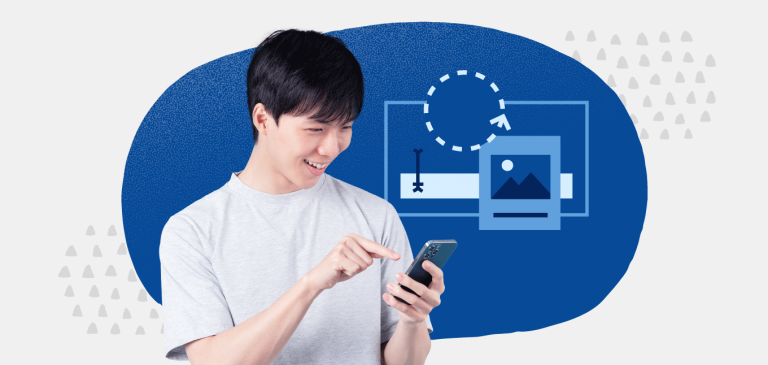To conduct a reverse image search, pick an image from your computer and then use a search engine to locate instances of that image on other websites. It’s a function I employ frequently; I’m sure more people would utilize it if they understood its benefits. Then, what’s the point in using a reverse google search? The most common ones are authenticating an image by identifying its source or monitoring its dissemination on the web.
Image Usage Monitoring
You can expect your copyright photographs to be reused if you establish a website, produce brochures using a brochure maker or press releases, or upload them to the internet. You can find out when and where an image was taken using a reverse google search. Once you’ve done so, you’ll be able to determine whether or not re-use is acceptable and legal.
You may see how popular your press release or blog post was by searching for PR and advertising photos, and you may even find coverage that text searches have missed, such as news written in a different language.
Your photos could be used to promote a competitor’s goods in an article without your knowledge or consent. If that’s the case, you can double-check the captions and credits. It’s important to remember that you have no right to fuss over someone else’s photos.
Some sites may be hogging your data transfer by employing a link to the image hosted on your server. In such cases, I’ve witnessed people swapping out the original photo for another with the same filename but a different image.
Photographs protected by copyright laws that you were not permitted to reuse could also turn up. In that case, you may request that they be removed or charge them for the service.
The point is that a reverse image search can reveal a wealth of information that would otherwise be difficult to uncover.
Authenticating Images
No one knows the true age or provenance of a photograph they receive in their inbox or online. Finding out with the aid of reverse image search.
Assume, for argument’s sake, that you intend to release a photograph in some form of media, be it online or in print. Do you have confirmation that the supplier owns it? Is it real, or has it been tampered with in any way? When was it made? When was the last time it was used? The question is, “How much is it truly worth?”
Several serious errors may have been prevented using a reverse google search. A photograph may be attributed to one event captured at a different time and place. Indeed, this is common with tweeted photographs and occasionally with news pieces. It could be an innocent blunder on the part of a photo agency, or it could be an intentional attempt to mislead.
Which people are these? I’ve noticed that in some instances, the photograph’s subject isn’t the one depicted. Picture agencies are only human and make mistakes; therefore, multiple individuals may have the same name. The solution to both issues is double-checking the same image on multiple websites.
Has the photo been altered in any way? Many results from a reverse image search will initially appear duplicated, but you will see subtle differences with further inspection. It’s possible that a face has been switched or something has been cropped out or added to the image. Don’t kid yourself; entire websites are devoted to altering photos for satirical or political ends.
If a reverse google search doesn’t provide the expected results, try flipping (laterally reversing) the images to see if it helps. In the pre-Internet days, I caught some heat after publishing a flipped photo of a well-known guitarist. Dozens of listeners picked up on what I missed: he appeared to be playing his guitar backward.
Because of these and other factors, proficiency in reverse google search is now an absolute necessity for mainstream media, especially news organizations. Also, since it just takes a few seconds to complete, it’s also practical for less urgent applications.
Methods for Verifying the Identity of Individuals
I also conduct a reverse google search on social media platforms like LinkedIn and Twitter on user profile pictures. To trust that everyone is who they say they are is naive. Someone who poses as a beautiful young woman developing connections with professional acquaintances on LinkedIn could be a hacker looking to steal sensitive data.
A startling number of the people I’d like to connect with have appropriated someone else’s Facebook or PhotoBucket profile picture or avatar as their own or have used the same pictures to promote shady escort services. Scammers frequently make use of photographs of long-since deceased film actors and writers.

